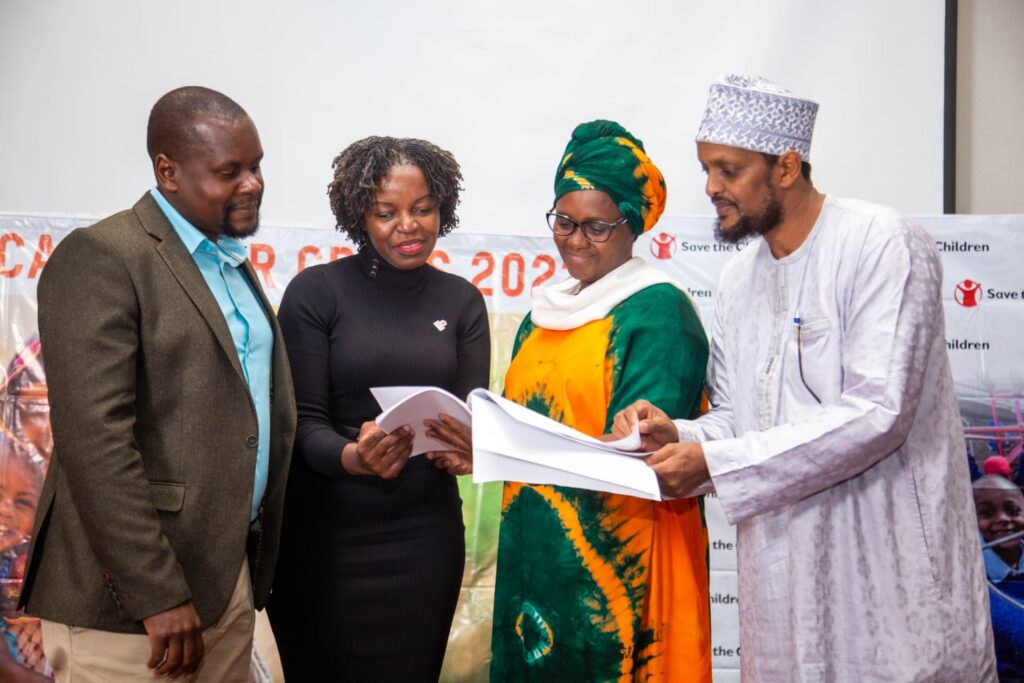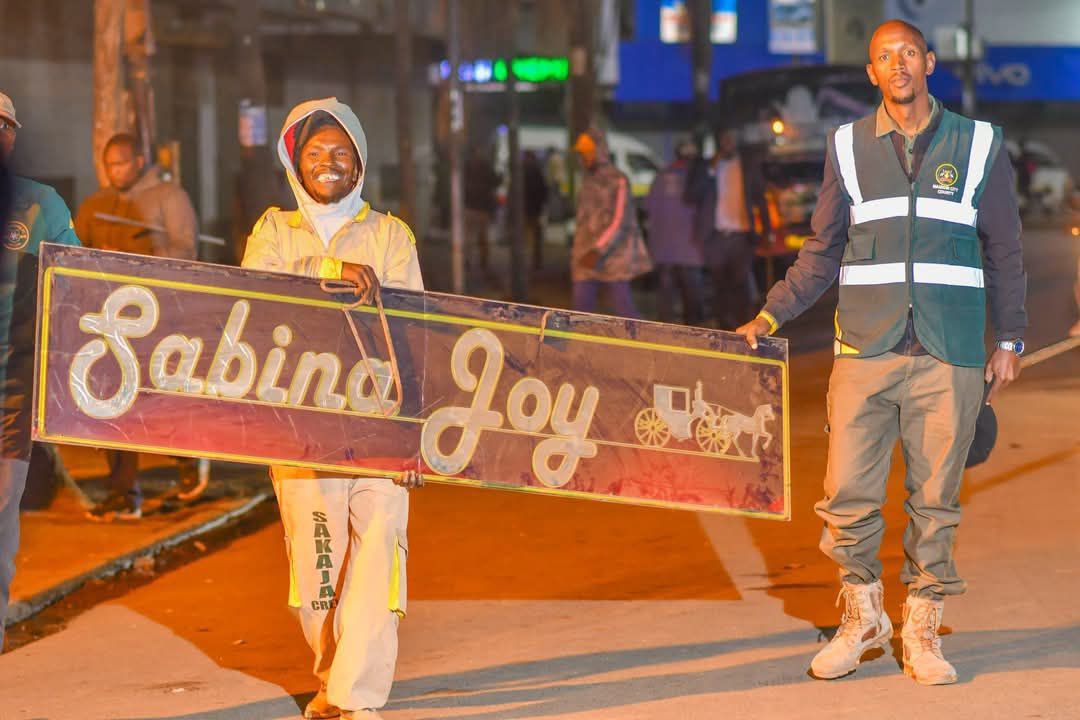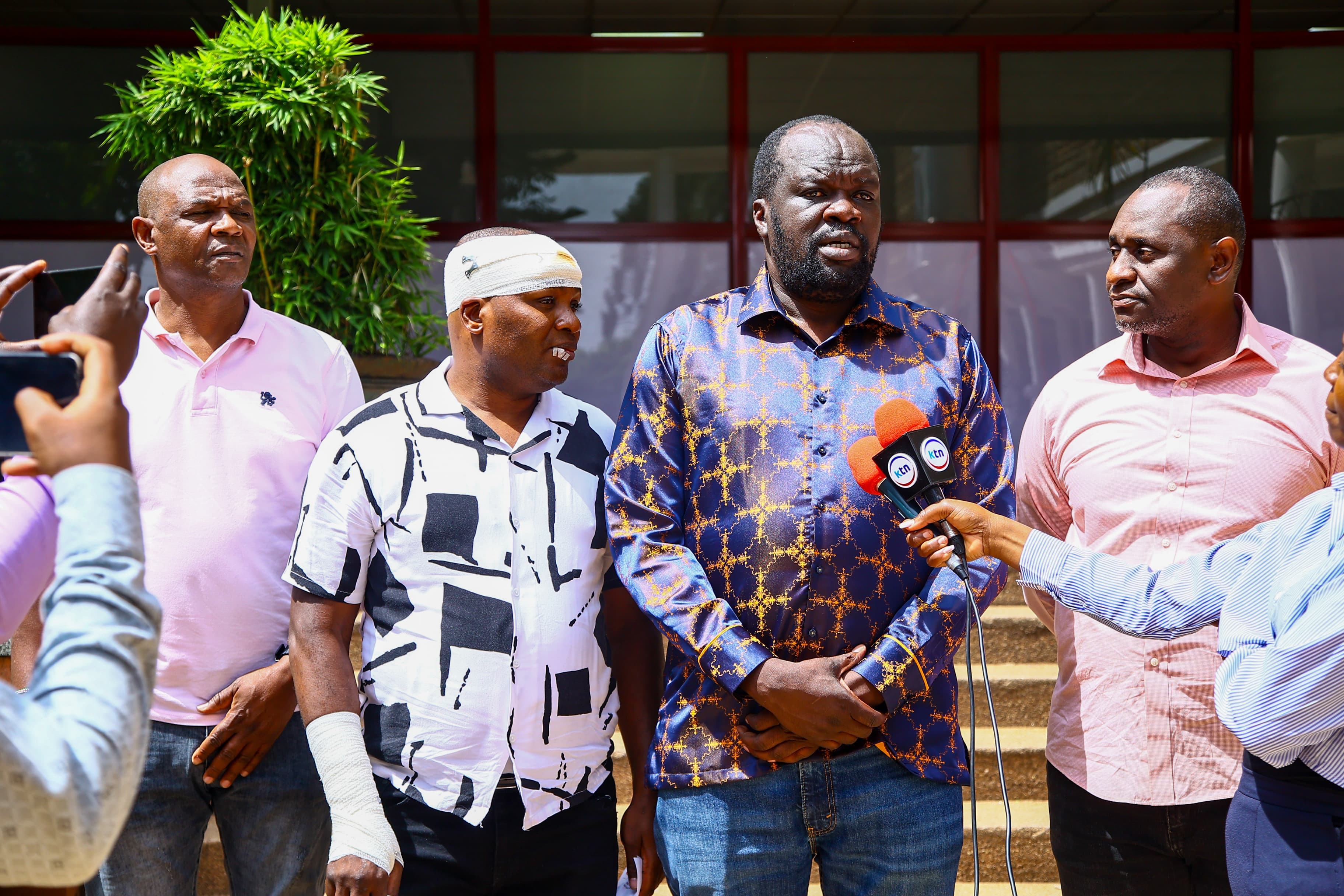One person likely dying from hunger every 48 seconds

By John Kariuki
One person is likely dying of hunger every 48 seconds in drought-ravaged Kenya, Ethiopia and Somalia, according to estimates by Oxfam and Save the Children in a report published today highlighting the world’s repeated failure to stave off preventable disasters.
The report, Dangerous Delay 2: The Cost of Inaction, examines the changes in the humanitarian aid system since 2011.
It finds that despite an improved response to the 2017 East Africa drought when widespread famine was averted, the national and global responses have largely remained too slow and too limited to prevent a repeat today.
“What is happening in Kenya and Horn of Africa as a whole is truly horrific. As of March, the number of children aged 6-59 months requiring treatment for acute malnutrition in Kenya had increased to 755,000, representing a 15.6 per cent increase from 653,000 in August 2021. Kenyan herders have been forced to trek longer distances in search of water and pasture, increasing the risk of resource-based conflict and family separation, which in turn heightens the risk of gender-based violence. The clock is ticking and every minute that passes is a minute too close to starvation and possible death of a child,” said Yvonne Arunga, Save the Children Country Director for Kenya and Madagascar.
The Arid and Semi-Arid Lands Humanitarian Network – a network of 30 local and national organizations from the most affected dryland communities in Northern Kenya, has also raised concern about the current situation.
“We are currently in the fourth consecutive failed rain season and are witnessing a worsening crisis with famine looming. The situation has deteriorated rapidly since we first triggered our response to the drought in July 2021. Earlier action would have helped prevent the escalation of the crisis, reduced suffering and would have cost less than the large-scale humanitarian response that is required now,” said Ahmed Ibrahim, the Network’s Convener.
Entrenched bureaucracies and self-serving political choices continue to curtail a unified global response, despite improved warning systems and efforts by local NGOs, the report finds.
”This drought will spiral out of control if we don’t act collectively as a nation and region. The national and county leaderships must not only respond swiftly, but also invest in food security, diversified livelihoods options, and stronger social protection systems as pillars of resilience to cushion Kenyans who face hunger and starvation in every drought cycle. Institutions need listen to early warning systems and recommendations by local organizations who understand local realities to mitigate future calamities and to foster timely humanitarian responses,” said Oxfam in Kenya Country Director, Dr. John Kitui.
G7 and other rich nations have turned inwards in response to various global crises, such as COVID-19 and more recently the Ukraine conflict, including by backtracking on their promised aid to poor countries and driving them to edge of bankruptcy with debt.
“Despite worsening warning signs over time, world leaders have responded woefully – too late and still too little – leaving millions of people facing catastrophic hunger. Starvation is a political failure”,said Gabriella Bucher, Oxfam International’s Executive Director.
East African governments bear their own responsibility, having delayed their responses, and often refused to acknowledge the scale of the crisis on their doorsteps. They have not adequately invested in agriculture or social protection systems to help people better cope with the drivers of hunger, including climatic and economic shocks.
The report sheds light on the continued failure of donors and aid agencies to prioritise local organisations at the forefront of the crisis response, which slowed down the response further, even when they were ready to act.
Climate-induced drought, compounded by conflicts forcing people out of their homes, and COVID-19 economic turmoil, has decimated people’s last ability to cope. The Ukraine conflict has also driven already soaring food prices to their highest level ever recorded, making food unattainable for millions.
“The situation is devastating. Both human beings and livestock are at risk of dying, already children, pregnant mothers and elderly in some parts of Marsabit and Samburu Counties in Kenya are being reported as dying. If urgent intervention is not provided now, we are likely to witness even more death,” said Jane Meriwas, the director of Samburu Women Trust in Kenya.
Climate change has made this La Niña-induced drought in the Horn of Africa more severe and prolonged, now the worst in 40 years. The drought has eroded economic reserves, herd size, and human health and is a major factor behind the alarming numbers of people without enough to eat daily. Yet, the region is one of the least responsible for the climate crisis, emitting collectively 0.1% of global carbon emissions.
“There are no cows left. They all died. We have a few camels and goats that have survived the drought, but we are afraid we might lose them if the drought continues. We are afraid that people will start dying of famine as there is no food,” said Ahmed Mohamud, a pastoralist from Wajir, Kenya.





